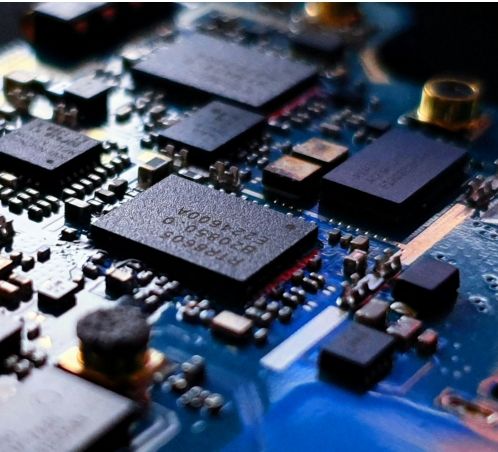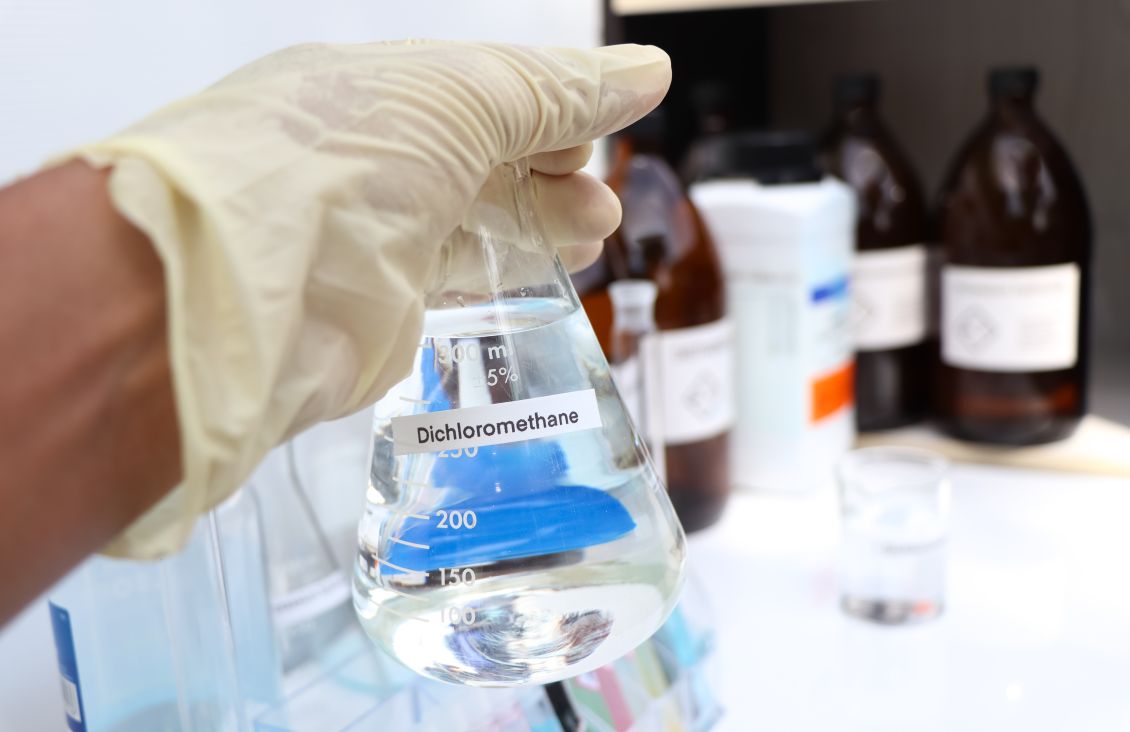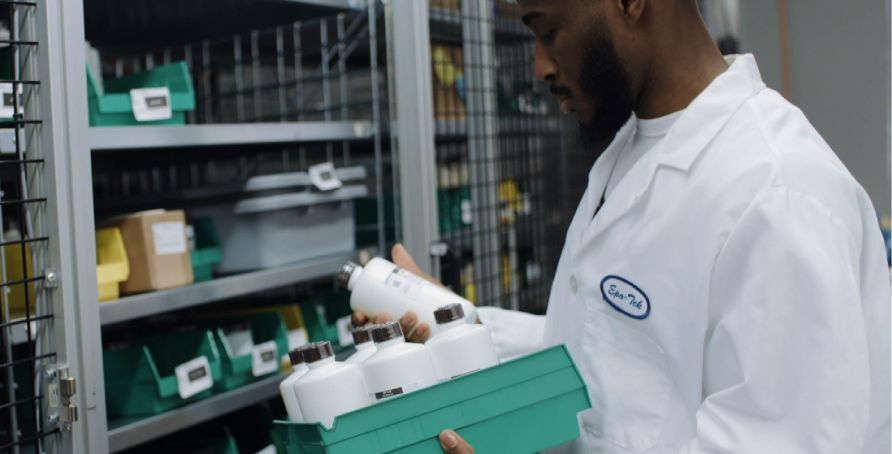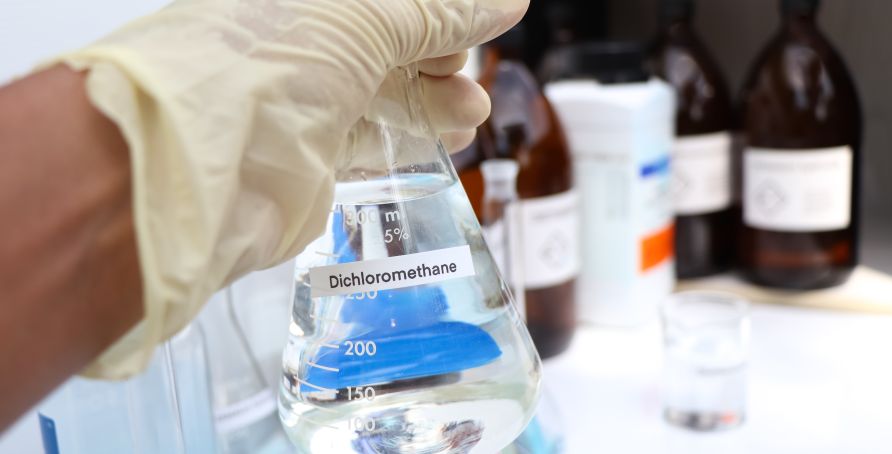Epoxy adhesives are incredible for creating strong, long-lasting bonds. But what happens when you need to undo that bond? Whether you’re correcting a misplaced part, cleaning fixtures, or performing failure analysis, removing cured epoxy can be tricky.
In this post, we’ll explore several proven techniques for reworking, removing, or “decapsulating” cured epoxy — along with tips to help you choose the right method for your application.
Why Removing Cured Epoxy Can Be Challenging
One of epoxy’s greatest strengths is its permanence — it’s designed to hold strong under stress, heat, and chemical exposure. Unfortunately, that strength can become a limitation when a part needs to be reworked or repaired.
Luckily, there are a few ways to break the bond.
7 Proven Methods for Removing Cured Epoxy
1. Chlorinated Solvents
Chlorinated solvents are some of the most aggressive options for breaking down cured epoxy.
- Methylene chloride (dichloromethane) is one of the most effective choices but requires soaking for several hours.
- Products to try: Stripping Agent ES-1 from Miller-Stephenson Chemical Company or Dynasolve epoxy solvents from Versum Materials, which are formulated for different epoxy hardeners.
2. Warm Sulfuric Acid
A warm solution of sulfuric acid can dissolve cured epoxy when given enough soak time.
- Some users recommend dropping the acid repeatedly on the surface to speed up the process.
- As with chlorinated solvents, patience is key — this is not an instant fix.
3. Other Chemical Solvents
Several other chemicals have also shown success in softening or removing epoxy, including:
- Toluene
- NMP (n-methyl-pyrrolidone)
- MEK (methyl-ethyl-ketone)
These may require a soak period and should always be handled with proper safety precautions.
4. Heat and Pressure
Epoxies have a glass transition temperature (Tg) — the point at which they soften slightly. Heating above this temperature can make removal easier.
- Tools you can use: A soldering iron tip applied directly to the epoxy, a hot plate, an oven, or a heat gun.
- Once the epoxy becomes soft and “gummy,” you can carefully pry it away.
5. High-Temperature Degradation
At very high temperatures (typically above 400°C), epoxy begins to decompose and turn to ash.
- Heating a part above the epoxy’s degradation temperature (listed on its data sheet) allows the adhesive to simply burn away.
6. Boiling Water
For less aggressive rework, boiling water can often loosen the bond.
- After about an hour of exposure, the epoxy may lift from the surface.
- You may still need to pry the material away — and results can vary depending on the type of epoxy and substrate.
7. Thermal Shock
Applying extreme temperature changes can stress the adhesive joint and cause separation.
- This works best when there’s a significant difference in thermal expansion rates between the substrate and adhesive.
- Thermal cycling can lead to bond-line lift and eventual debonding.
A Word of Caution
Many of these techniques are inherently destructive and may render parts unsuitable for reuse. The goal here isn’t necessarily to save the parts but to provide practical ways to:
- Remove mistakenly applied epoxy
- Clean fixtures and tooling
- Perform failure analysis
Always weigh the risks and test your chosen method on a sample or scrap piece before applying it to critical components.
Get in touch
If you have questions about which method best fits your process, our Tech Service Group is here to help:
techserv@epotek.com






















